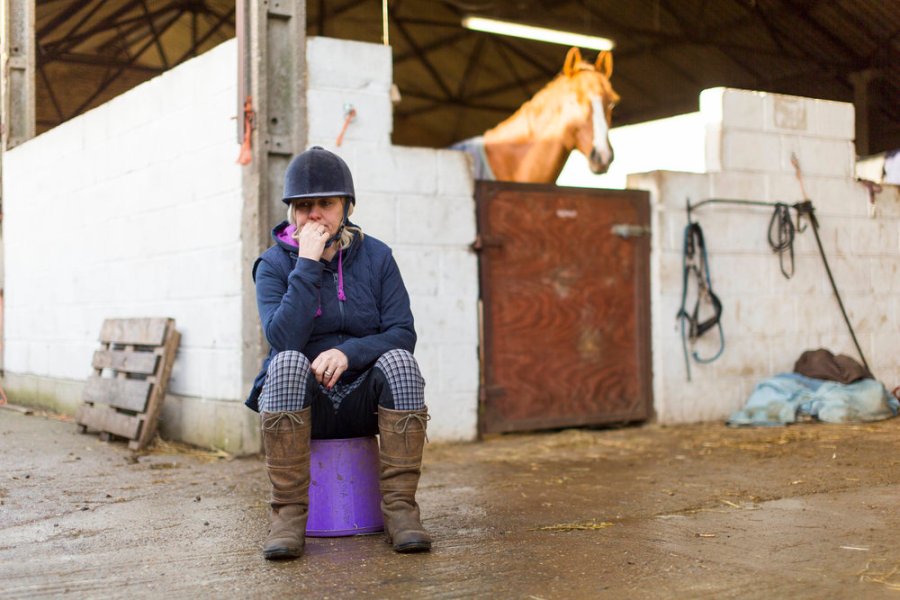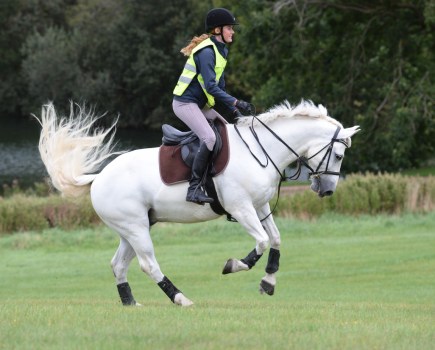Taking a break from riding is a common occurrence, as is the feeling of apprehension when you do make the decision to get back in the saddle.
Rider confidence coach and qualified sports massage therapist Sue Gould-Wright explains how to build your confidence from scratch after a break from riding.
There are quite a few different ways to approach your nervousness, but first you need to explore where it has come from.
It could be that you’re concerned about falling off and hurting yourself. None of us want to get hurt, but it’s often the consequences of this happening that bother us more than the possible fall itself.
Some of the potential consequences that are likely to be bothering you are:
- If I hurt myself, I can’t look after my family.
- If I fall off and have to take time to recover, I’ll be letting my employer and colleagues down.
- I’m self-employed, so I can’t afford to take time off.
- I feel guilty spending time and money on myself.
Write yourself a list like this, then go through it as if you were reading through a friend’s answers and trying to show them their concerns are unfounded.
By working through your list you’ll see that there is always a way to overcome your perceived consequences.
Positive psychology
Now we have to get some positive psychology working for you. You can’t be both optimistic and apprehensive at the same time, so we need to get your brain trained to focus on the good things that are going to happen when you return to writing.
Grab a pen and paper and write the word ‘riding’ in the middle of the page. See how many happy, positive things you can think of to associate with it – horses, fun, new friends, fitness, being outdoors, smiling, that horsey smell, bonding… the list is endless.
The more you can focus your mind on the positive outcomes, the less time it will have to think of negative ones. Think of it like trying to ride down both sides of the arena at once – impossible!
You could also try putting a fairly loose band on your wrist and giving yourself a ‘twang’ when your mind starts to wander off down the negative thought path.
Training the brain takes as much effort as training the body, but it’s very rewarding and great for all aspects of your life.
Set yourself up for riding success
You need to find the right horse and an empathetic instructor who won’t push you, but will nurture you.
Using a riding simulator is also a good way of getting back in the saddle. They’re perfectly balanced and well behaved, and you don’t have to worry about being rusty and upsetting a plastic horse the same way you would a real horse.
If you don’t have a simulator near you, ask around on social media for riding school recommendations. If possible, visit and watch a lesson or two before you book.
It’s important you feel comfortable with the school, the instructor and how the lessons are formatted, especially for your first few sessions.
A good instructor will take the time to find out what you have done before and what you want to achieve going forward.
Don’t miss the latest issue of Your Horse Magazine, jam-packed with training and veterinary advice, horse-care tips and the latest equestrian products available on shop shelves, on sale now.









